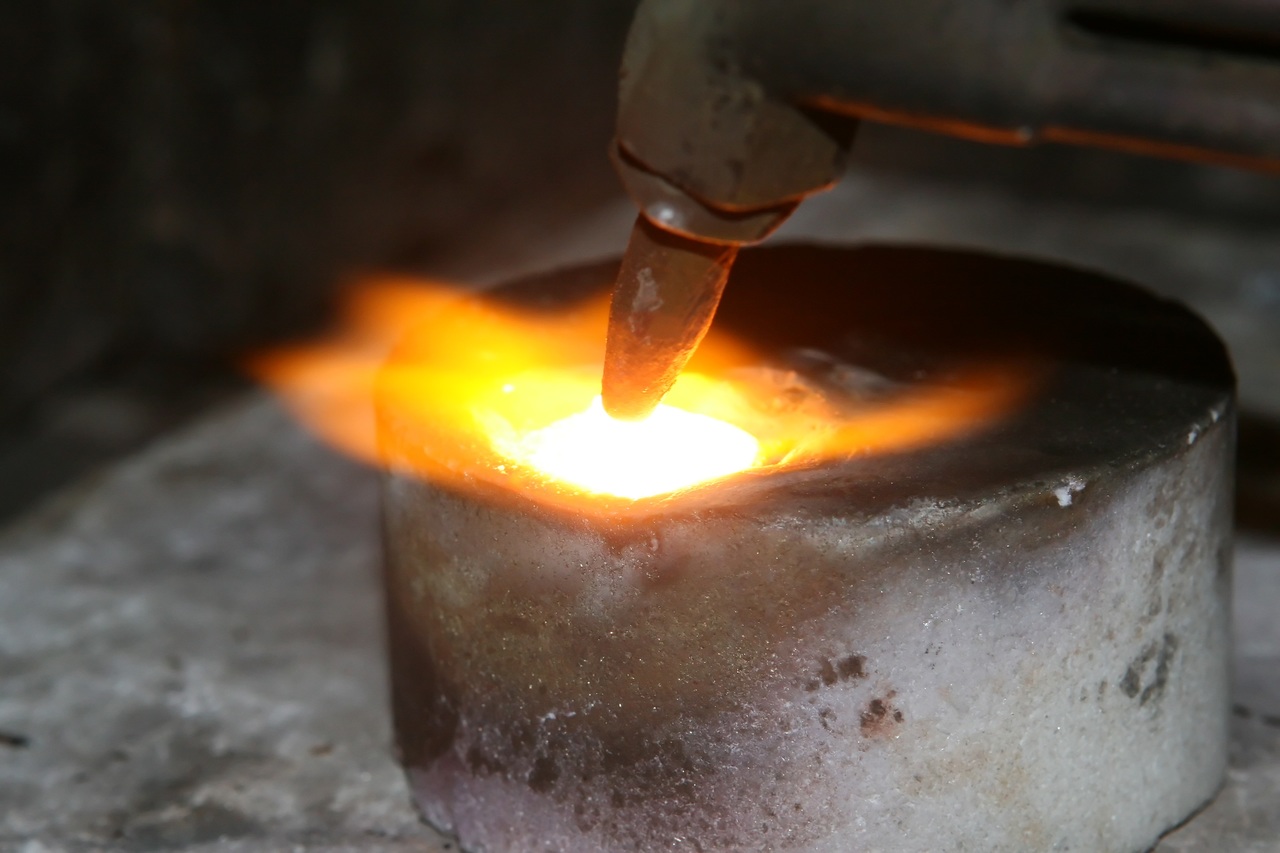When it comes to great achievements in human history, steel fabrication is one. However, you could argue the next greatest is the processes required to weld steel together. Whether it’s used in cars, bridges or even our homes, steel needs to be properly joined. This is where oxy-acetylene welding comes in.
This blog will give you a general overview of oxy-acetylene welding, including the equipment and skills required, risks involved, its benefits, and common applications.
What is oxy-acetylene welding?
There are many different types of welding. Oxy-acetylene welding, commonly known as gas welding, dates back to the 1890s. It is the most versatile and affordable type of welding. Oxygen and acetylene are ignited, producing a flame at the tip of a welding torch. It takes a specific skill set and lots of practice to then use this welding technique on metal, like steel.
For instance, you need to know the proper mixture of oxygen to acetylene to use inside the welding torch’s mixing chamber. This then creates a flame that can be used to join edges of metal together, melting the metal until it fuses.Equipment and skills required
The equipment required to oxy-acetylene weld includes:- Gas cylinders: As discussed, you need two different gases foroxy-acetylene welding: oxygen and acetylene. Ensure the gas cylinders are in good condition with no leaks.
- Pressure regulators: A pressure regulator can help to preventgas leaking while you are welding. It can also ensure enough gas is being used to create a hot enough flame to complete the work. The pressure regulator is likely to be fitted to the gas cylinders.
- Hoses: Hoses are required to transfer the gas from the cylinder to the torch. The hoses may be combined or split. They should be colour code to allow for easy identification of what gas they are transporting.
- Flame traps: Specifically designed to fit in between the hoses and pressure regulators, flame trapsare a safety device. The job of these flame traps is to prevent the flame travelling back down the hose from the torch and reaching the gas cylinders.
- Welding torches: The welding torch is what you will use directly to weld metal. The gases will be ignited in here to create the necessary flame.
- Economiser: The economiser helps ensure no gas is wasted when the welding torch is temporarily not being used. It allows you to shut off the flame and then reignite it immediately with a pilot light.
There are several common techniques used in oxy-acetylene welding:- Leftward: This technique is for welding various things like fillet, lap and butt joints on materials up to a thickness of about 5mm.
- Rightward: If you’re welding something thicker than 5mm, you need to use the rightward technique.
- All-positional rightward: In instances where you need to weld in a vertical or overhead position. It’s a modification on the rightward technique.
Hazards and safety precautions:
There are number of risks involved in oxy-acetylene welding,including:- Fire eruption
- Gas leaks
- Burns
- Fire flashback
- Asphyxiation
However, there are ways to minimise these risks and to weld safely. For instance:- Wear protective clothing
- Make sure the gas cylinder has a spindle key
- Store the cylinder in an upright position
- Check gas levels
- Check for gas leaks and turn off all equipment if one is found
- Remove dirt from all equipment and materials before welding
- Make sure there is sufficient ventilation and fire-fighting apparatuses nearby, like fire extinguishers
- Stay focused as you work
Benefits:
Despite the risks involved with oxy-acetylene welding, it provides a range of benefits.- It is easy to learn, meaning it is ready skill in many labourers
- The equipment used is cheaper than that used in other types of welding
- The equipment is portable, making the process more versatile
- This method is well-suited to working with large pieces of material
Common applications:
You’ll regularly see oxy-acetylene weldingused in the following ways: - Join thin metals
- Join many metals and alloys, like steel, aluminium, magnesium and copper
- Create metal structures
- Join materials that require a slower heating and cooling process
To sum up:
This is just a brief guide to oxy-acetylene welding, but it gives you a good overview of the process and considerations that need to be made. Oxy-acetylene welding is an important skill and process used in many industries and ways and life wouldn’t be the same without it.








